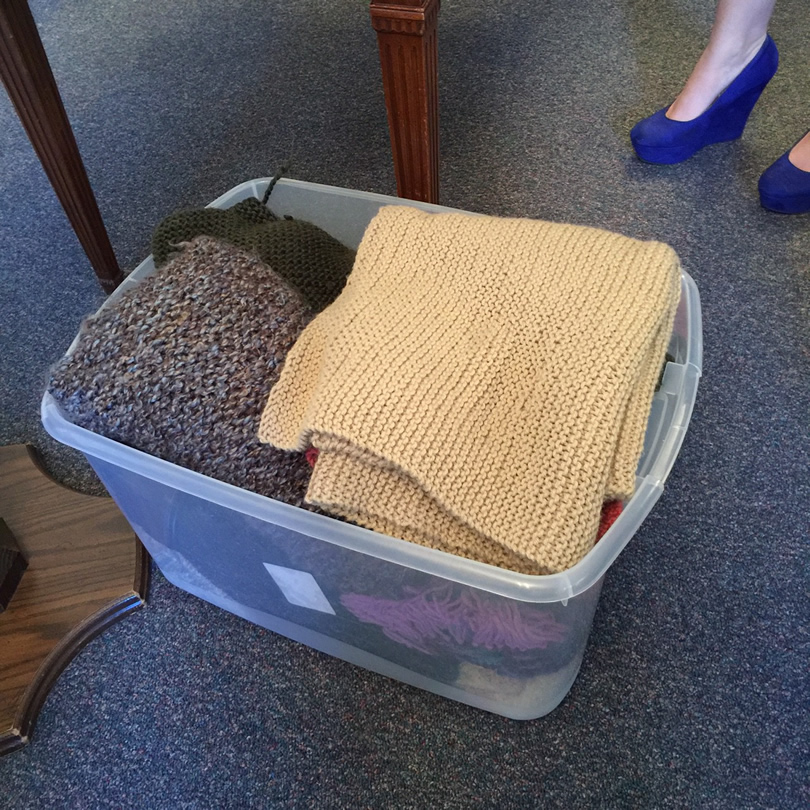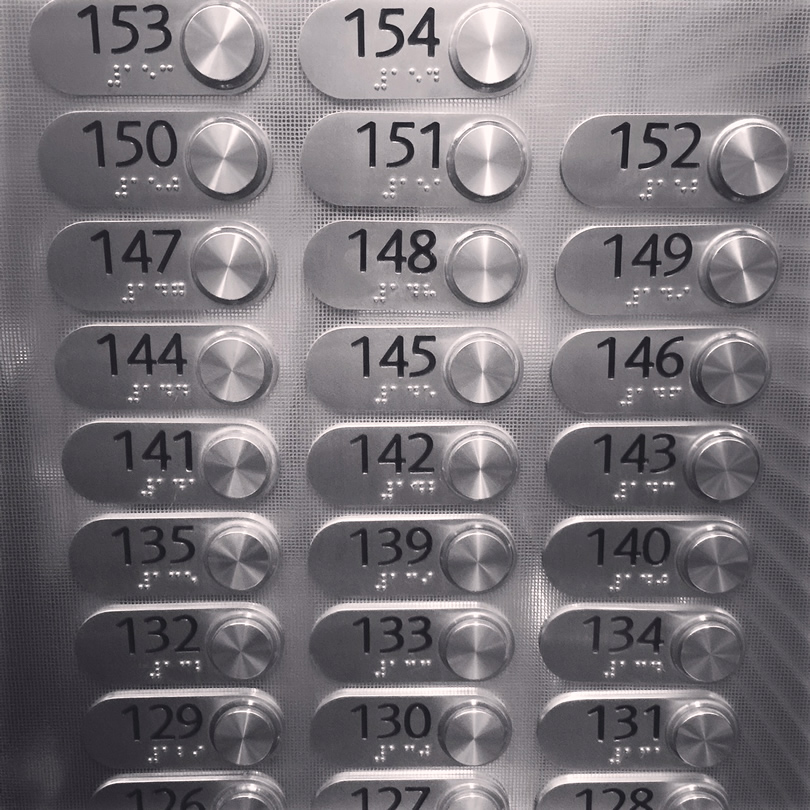There is a building in Arlington, Virginia that was constructed over 60 years ago on a charming intersection dotted by a few churches and some lovely homes. In that building my family attends worship services each Sunday. And in between Sundays we find ourselves in that building for any number of things: youth activities, scout nights, scripture classes, weddings, parties etc. And, of course, a lot of eating- dinners, lunches and even a brunch or two. It is a place where my favorite verbs “munch and mingle” are used together often.
This building is both a holy and functional place. But, like any building that has history, it also has issues, and heating is one of them. On a particularly cold Sunday, some of the rooms get chilly…or downright cold. One of the outermost rooms really takes the brunt of Virginia winter’s icy mornings. It is also the room that is, hands down, one of the most beautiful, where the women’s organization, a worldwide sisterhood known as the Relief Society, meets each week.
This room is the home to a part of our organization that, like any with any community, is truly at the heart of things: the women of the community. And we all know, cliches aside, that the women power our families and communities in word and deed. So this room is an important one. It is a room where I have seen amazing things happen and felt the amazing power of sisterhood and faith.
But what do you do when the room that houses much of your warmth has no heat? That’s where things get interesting. And that’s where this story takes shape.
The women of this congregation have taken matters into their own hands. Literally. They know that, despite efforts to repair and maintain the heating, that winter takes its own course. So, a group of women decided to knit blankets to be used as shawls, wraps or lap blankets on chilly days.
I will never forget the first time I saw these in use. One of the women in the group pulled out a large plastic box filled with dozens of wraps. Each of them was a different color and had been lovingly knitted or crocheted with love. Any woman in the room knew she could take one to snuggle up with during their meeting. After the meeting the blankets were each quietly returned, neatly folded, and packed away into the box. There is no shame in using these blankets, and there is not much fanfare about them. Everyone knows they have been prepared by someone who loves them and that they are there for the community as a common good. They are beloved, but not belabored. They exist to be useful as well as lovely.
This tradition, I learned, has been going on for years in this Arlington church building. Many hands have made many of these blankets. Once I learned about the lap blankets I also noticed the women who, during a meeting or church service, keep their hands busy by knitting a new throw to add to the supply. One such woman is a beloved mentor for my family who also happens to be blind. As she speaks or sings she will often be found knitting a wrap for someone she doesn’t know, but she does know that the blanket will be used and appreciated. I love to watch her as she knits and sings. I like to think that she, like her sisters, knows that this blanket will serve as a virtual embrace or hug to someone in need at some point in the very near future.
This box of blankets has become a very powerful symbol of service for me. Each time I see it removed from the closet or when I pass by it while we are cleaning or organizing the building, I think of the loops, stitches and needles of the women who are ready to take care of one another and provide warmth when it is most needed. There are so many metaphors of caring and love within that box. In a community that strives to weave together its hearts in love, there are some who have been stitching together hearts in warmth for many years.
Instead of consistently complaining about something that cannot be permanently fixed, these women came up with an practical and simple solution. Instead of forcing each person to do something on their own, a few caring individuals dedicated their time to lovingly prepare something of comfort for the others. Instead of coarsely guarding the box, it works on an honor system that brings credit to the entire endeavor. And, when worn, these wraps provide warmth of many kinds.
This is a renewable energy source. There are always hands knitting or crocheting away to make new ones. And there are always hands to help provide the kind of warmth that isn’t measured by thermometers, but by service and love.
I love this box and these blankets – and the women who made them. I would wish a heating problem and a warmth solution like this on any happy congregation anywhere in the world. Indeed these blankets are the kind of thing that I know unites people of communities everywhere. It may not be unique just to where we worship in Arlington, Virginia, but I love that it is a unique part of what my children and I are learning about service. We each provide warmth and comfort of a certain kind. Sometimes it is a lap blanket or wrap. Other times it is an embrace. Service is stitched in many forms. May we appreciate them, use them, stitch them, wear them out with gratitude, and love them.


